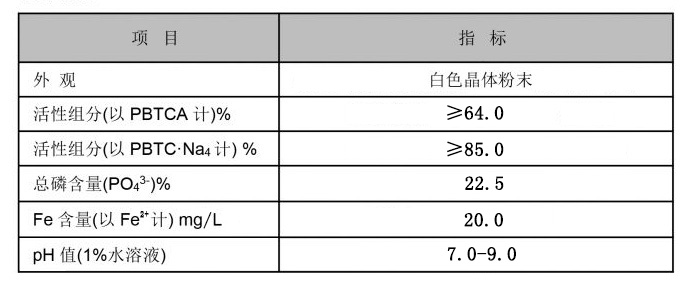poly aluminum chloride sds
Understanding Poly Aluminum Chloride Safety Data Sheet (SDS)
Poly Aluminum Chloride (PAC) is a water-soluble polymer that serves as an effective coagulant in various applications, predominantly in water treatment processes. Employed for its remarkable ability to remove impurities from water, PAC is particularly favored for its efficiency in both drinking water and wastewater treatment settings. While its benefits are well-documented, understanding its safety measures through the Safety Data Sheet (SDS) is crucial for ensuring safe handling and usage.
What is Poly Aluminum Chloride?
Poly Aluminum Chloride is an inorganic polymer, which provides superior coagulation properties compared to traditional aluminum-based coagulants. It is typically available in various formulations, including solid, liquid, and powder forms. The effectiveness of PAC arises from its ability to destabilize colloids, allowing for the aggregation and eventual removal of suspended particles in water.
Composition and Properties
PAC is typically composed of aluminum hydroxide and aluminum chloride. This unique composition allows it to perform effectively under varying pH levels, making it versatile for different treatment scenarios. It has a relatively low toxicity profile compared to other chemicals, which is a significant advantage in its application in potable water systems.
Upon dissolving in water, PAC forms positively charged aluminum species. These positively charged aluminum ions interact with negatively charged impurities and particles in the water, causing them to agglomerate. This process leads to improved particle removal through sedimentation or filtration.
Safety Considerations
Handling PAC requires adherence to safety protocols due to its chemical nature. According to the Safety Data Sheet, the following sections are critically important for safe handling and storage
- Hazard Identification PAC can cause irritation to the skin, eyes, and respiratory tract upon contact. It is crucial to avoid exposure by using appropriate personal protective equipment (PPE), including gloves, goggles, and masks.
poly aluminum chloride sds

- Composition/Information on Ingredients Knowledge of the composition of PAC is fundamental in assessing risk factors. Manufacturers provide detailed information on the concentration of aluminum and other constituents which can inform safety practices.
- First Aid Measures In the event of exposure, it is essential to follow first aid measures outlined in the SDS. If PAC contacts the skin or eyes, it should be thoroughly rinsed with water. If ingested, medical attention should be sought immediately.
- Fire-Fighting Measures While PAC is not flammable, it can release irritating fumes when heated. Therefore, it is important to keep it away from open flames and to use appropriate extinguishing agents in case of a nearby fire.
- Accidental Release Measures Should there be a spill, it is vital to contain it swiftly to prevent environmental contamination. Use absorbent materials to clean up the spill and dispose of it according to local regulations.
- Handling and Storage PAC should be stored in a cool, dry place away from incompatible materials. Containers should be kept tightly closed to avoid moisture absorption, which can affect its effectiveness.
Regulatory Information
It is essential for industrial users of PAC to comply with local, state, and federal regulations regarding its use and disposal. These regulations may include guidelines for permissible levels of residual aluminum in water systems and requirements for reporting hazardous incidents.
Conclusion
The application of Poly Aluminum Chloride in water treatment processes highlights the importance of effective coagulation practices. However, it is equally crucial to understand and comply with safety standards as outlined in the SDS. Proper handling, storage, and emergency response protocols can mitigate risks associated with PAC use.
As the world increasingly focuses on providing safe drinking water and efficient wastewater management, compounds like PAC play a vital role. Understanding its properties and safety measures ensures that its benefits can be harnessed while protecting human health and the environment. By adhering to the guidelines presented in the Safety Data Sheet, individuals and organizations can utilize PAC effectively and responsibly.
-
lk-319-special-scale-and-corrosion-inhibitor-for-steel-plants-advanced-solutions-for-industrial-water-systemsNewsAug.22,2025
-
flocculant-water-treatment-essential-chemical-solutions-for-purification-processesNewsAug.22,2025
-
isothiazolinones-versatile-microbial-control-agents-for-industrial-and-consumer-applicationsNewsAug.22,2025
-
scale-inhibitor-key-solutions-for-water-system-scale-preventionNewsAug.22,2025
-
organophosphonates-versatile-scale-inhibitors-for-industrial-water-systemsNewsAug.22,2025
-
scale-and-corrosion-inhibitor-essential-chemical-solutions-for-water-system-maintenanceNewsAug.22,2025





